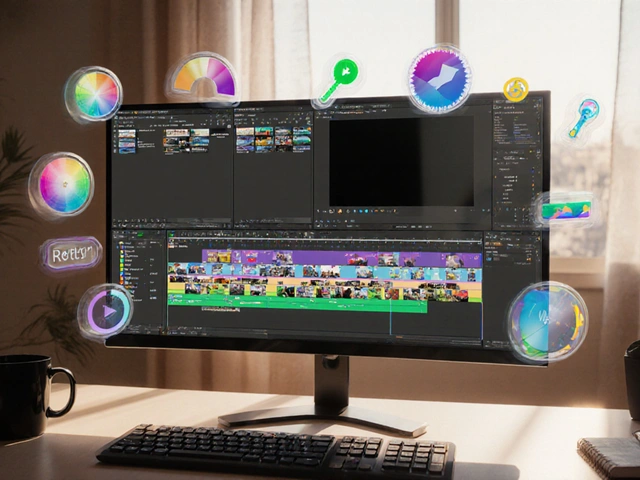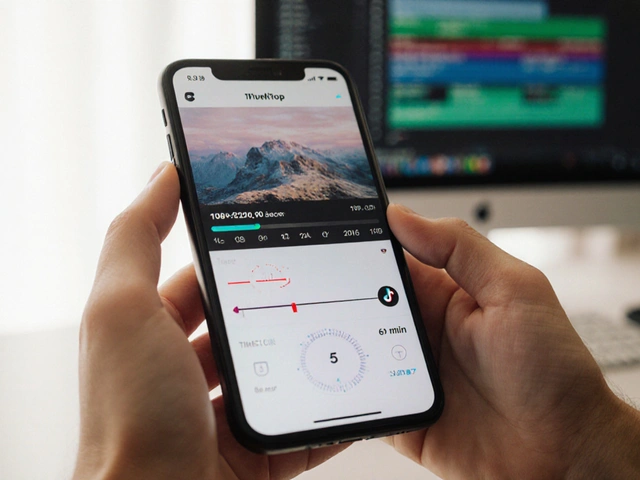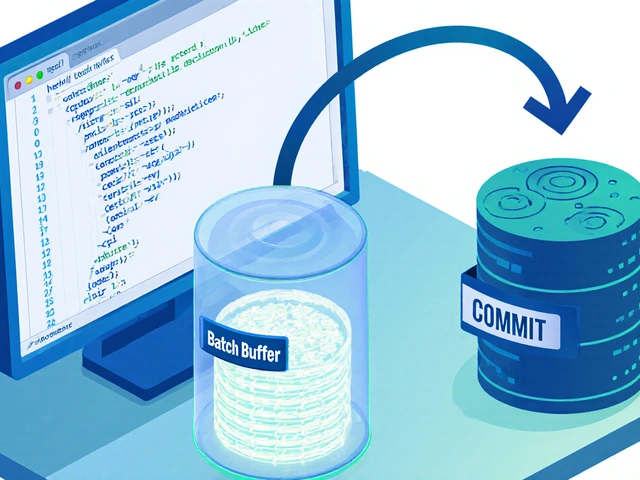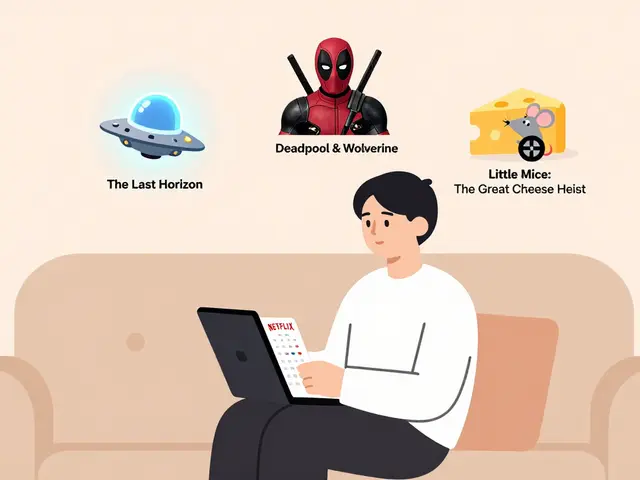16
The 4 C's of Marketing Strategy Explained: Customer, Cost, Convenience, Communication

4 C's Marketing Quiz
4 C's of marketing strategy is a customer‑focused framework that replaces the classic 4 P's (Product, Price, Place, Promotion) with four elements that start with the letter C. It forces marketers to think first about the people they serve, then about the price they charge, the way they make buying easy, and finally how they talk to the market.
Why the 4 C's matter today
In a world where digital channels give buyers endless choices, the old product‑centric view feels outdated. A 2023 Gartner survey reported that 78% of consumers expect brands to personalize experiences, and the same study showed that businesses that adapt a customer‑centric model grow revenue 2‑3times faster than those that cling to product‑first thinking. The 4 C's give you a simple checklist to stay on the right side of that shift.
Breaking down each C
Customer (or Consumer)
Customer is a person or organization that purchases a product or service. Understanding who they are is the starting line. You need demographics (age, income), psychographics (values, lifestyle), and-most importantly-their problem you’re solving. For example, a boutique coffee roaster in Brisbane discovered that its core customers were millennials who value sustainability. By profiling this segment, the brand could craft messages that highlighted ethical sourcing, boosting repeat purchases by 22% in six months.
Cost (or Price)
Cost refers to the price a customer pays, including direct price, perceived value, and any hidden fees. It isn’t just a number; it’s a signal of quality and positioning. A SaaS startup used value‑based pricing, tying subscription tiers to measurable ROI for the client. By showing that a $500/month plan saved a retailer $5,000 in inventory waste, the conversion rate jumped from 3% to 9%.
Convenience (or Place)
Convenience is the ease with which a customer can access, purchase, and receive a product or service. In e‑commerce, it means mobile‑optimized check‑out, multiple payment options, and fast delivery. In 2022, an Australian fashion retailer introduced a click‑and‑collect network at 30 train stations, cutting delivery time to under two hours for urban shoppers and lifting foot traffic by 15%.
Communication (or Promotion)
Communication is the ongoing dialogue between brand and audience, covering advertising, social media, PR, and customer service. It must be two‑way. A local gym ran a monthly Instagram Q&A where members asked about workout plans. The engagement rate hit 12%-far above the industry average of 3%-and membership sign‑ups rose 8% after the campaign.
4 C's vs. 4 P's: A quick side‑by‑side
| 4 C's | 4 P's | Key Shift |
|---|---|---|
| Customer | Product | Focus moves from what you sell to who you sell to. |
| Cost | Price | Considers perceived value and total cost of ownership. |
| Convenience | Place | Emphasizes ease of purchase and distribution channels. |
| Communication | Promotion | Turns one‑way advertising into two‑way dialogue. |
The table makes it clear why many modern marketers prefer the 4 C's: it aligns with a buyer‑centric world where experience outweighs mere product features.
How to embed the 4 C's into your marketing plan
- Research your Customer: Use surveys, social listening tools, and purchase data to build detailed personas. Aim for at least three primary personas that cover80% of revenue.
- Calculate Cost from the buyer’s perspective: add shipping, subscription fees, and time spent. Then test price elasticity with A/B experiments.
- Map the Convenience journey: list every touchpoint-from discovery to post‑purchase support. Identify friction points and rank them by impact.
- Design Communication sequences: content calendars, email drip flows, and social listening alerts. Measure engagement (open rates, comment sentiment) to refine.
When you run through these steps, you’ll notice overlap. For instance, a smoother checkout (Convenience) often reduces perceived Cost because customers feel they’re getting a better deal.

Related concepts that reinforce the 4 C's
The 4 C's don’t exist in a vacuum. They intersect with several broader marketing ideas:
- Marketing mix is the set of tactical tools a company uses to achieve its goals, traditionally the 4 P's but increasingly expressed through the 4 C's.
- Target market defines the specific group of customers a brand aims to reach, feeding directly into the Customer element.
- Value proposition captures the unique benefits a product offers, linking Cost and Customer together.
- Customer journey maps the steps a buyer takes from awareness to advocacy, illustrating the role of Convenience and Communication.
- Brand positioning is the mental space a brand occupies in the consumer’s mind, shaped by how well the 4 C's are executed.
Understanding these connections helps you avoid treating the 4 C's as a checklist instead of a strategic lens.
Measuring success with the 4 C's
Each C has clear KPIs:
- Customer: Net Promoter Score (NPS), persona‑specific Lifetime Value (LTV).
- Cost: Price elasticity, Gross Margin, Customer Acquisition Cost (CAC).
- Convenience: Cart abandonment rate, average order fulfillment time, mobile conversion rate.
- Communication: Engagement rate, sentiment analysis, response time in support channels.
Track these metrics quarterly. If any KPI deviates more than 15% from targets, dive back into the relevant C and adjust tactics.
Common pitfalls and how to avoid them
Even seasoned marketers stumble:
- Ignoring data: Relying on gut feeling for Customer insights leads to mis‑aligned messaging. Use analytics dashboards to keep assumptions in check.
- Price‑only focus: Treating Cost as a simple price tag ignores perceived value. Run value‑based pricing workshops with sales teams.
- Overcomplicating channels: Adding every possible convenience option (drone delivery, crypto payments) can create operational chaos. Prioritize based on the top three friction points.
- One‑way promotion: Sending broadcast emails without listening to replies reduces trust. Implement a closed‑loop feedback system.
Next steps for practitioners
Now that you have the theory, it’s time to act. Start with a one‑hour workshop, bring together product, sales, and support leads, and walk through each C using real data from your last quarter. Capture actions, assign owners, and set a 30‑day review date. The 4 C's become powerful when they’re lived, not just read.
Frequently Asked Questions
What is the main difference between the 4 C's and the 4 P's?
The 4 P's focus on what the business offers (Product, Price, Place, Promotion). The 4 C's flip the perspective to the buyer: Customer, Cost, Convenience, Communication. This shift forces marketers to start with the consumer’s needs rather than the company’s inventory.
Can the 4 C's be applied to B2B markets?
Absolutely. In B2B, the Customer is usually a decision‑making unit, Cost includes total cost of ownership, Convenience covers procurement ease, and Communication often means account‑based content and long‑term relationship building.
How do I measure ‘Convenience’ effectively?
Key metrics are cart abandonment rate, average checkout time, number of clicks to purchase, and delivery speed. Combine quantitative data with qualitative feedback from post‑purchase surveys to pinpoint friction.
Is ‘Communication’ only about advertising?
No. Communication includes any two‑way interaction: social media replies, live chat, email newsletters, and even in‑store staff conversations. The goal is to listen as much as you speak.
What tools can help map the 4 C's?
Customer insights can be gathered with SurveyMonkey or Qualtrics, Cost analysis with price‑elasticity calculators, Convenience tracking with Google Analytics funnel reports, and Communication monitoring with Sprout Social or HubSpot’s conversation inbox.









